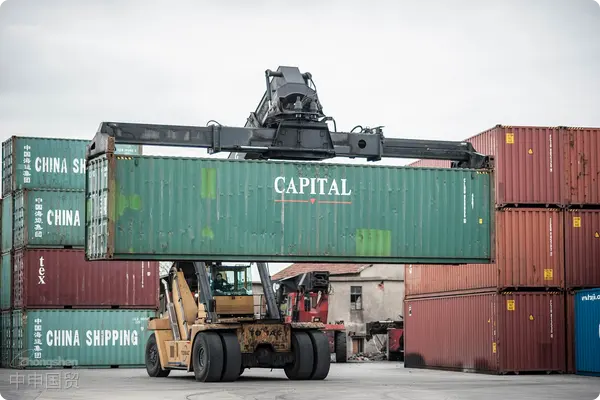- Shanghai Zhongshen International Trade Co., Ltd. - Two decades of trade agency expertise.
- Service Hotline: 139 1787 2118

As global trade becomes increasingly interconnected, Chinas commercial kitchen equipment industry is gradually accelerating its pace to expand its international market presence. This article will delve into Chinas commercial kitchen equipmentCompulsory certificationcurrent status and prospects, revealing the underlying driving factors and key opportunities.
I. The Rise and Competitiveness of Chinas Commercial Kitchen Equipment Market
Product Quality and Technological Innovation
As a major manufacturing country, Chinese manufacturers are committed to improving product quality, utilizing advanced technologies such as intelligence and environmental concepts, enabling commercial kitchen equipment to stand out in international competition.
Preferential Policies and Market Access
Policies introduced by the Chinese governmentExport Drawbackand the positive impact of China-Russia trade agreements have strengthened the determination of Chinese commercial kitchen equipment enterprises to enter the Russian market.
II. Demand and Challenges in the Russian Market
Market Potential and Growth Points
With the development of Russias catering industry, the demand for high-quality, durable commercial kitchen equipment continues to grow. In particular, investment projects in fast food, hotels, and commercial kitchens provide broad prospects for exporters.
Regional Culture and Local Regulations
Unlike the European and North American markets, Russias catering culture has certain requirements for kitchen equipment design, while import regulations also require enterprises to fully understand them for smooth customs clearance.
III. Cooperation and Opportunity Outlook
Supply Chain Integration and Localized Production
Chinese commercial kitchen equipment enterprises can potentially reduce transportation costs, improve market response speed, and solidify competitive advantages through localized production and cooperation models.
Cross-border E-commerceAnd Digital Transformation
The rise of digital platforms has built more communication bridges for enterprises in both countries, accelerating the globalization of product sales and after-sales services.
Conclusion:In summary, Chinas commercial kitchen equipment exports to Russia are in a development stage, with opportunities and challenges coexisting. Only through continuous innovation, market adaptation, and flexible strategies can enterprises maintain a leading position in fierce international competition. With the deepening of bilateral relations, the future market development space is vast, worthy of attention and investment from all parties.
Related Recommendations
? 2025. All Rights Reserved. Shanghai ICP No. 2023007705-2  PSB Record: Shanghai No.31011502009912
PSB Record: Shanghai No.31011502009912










